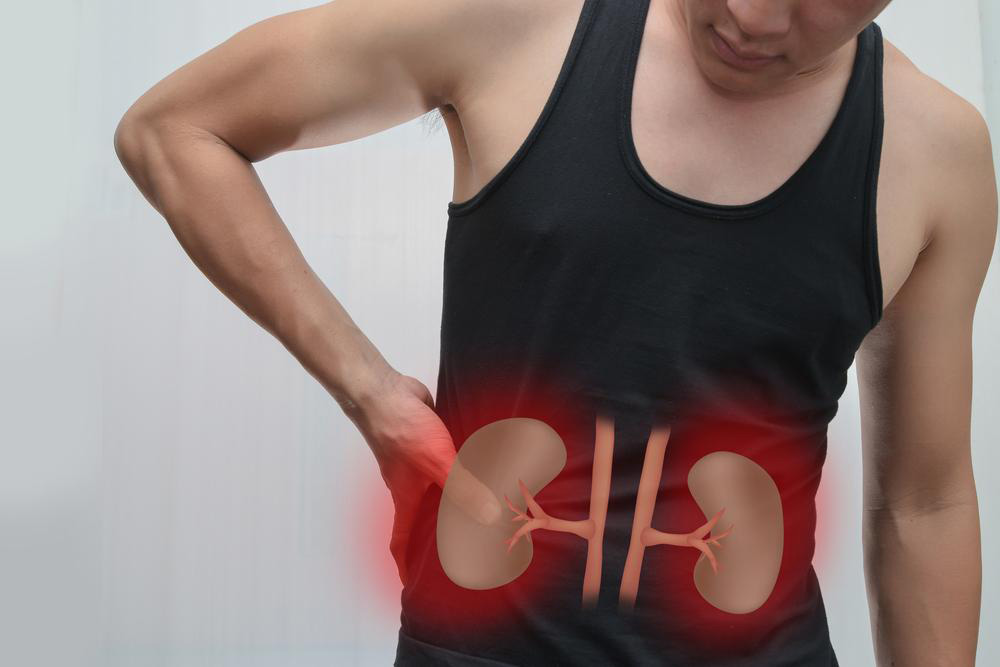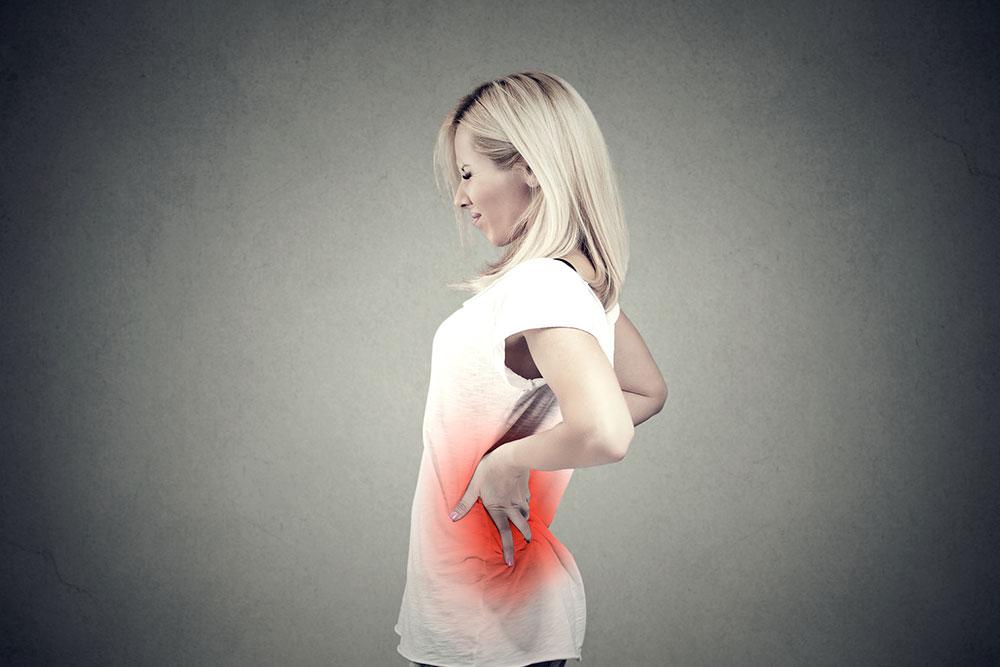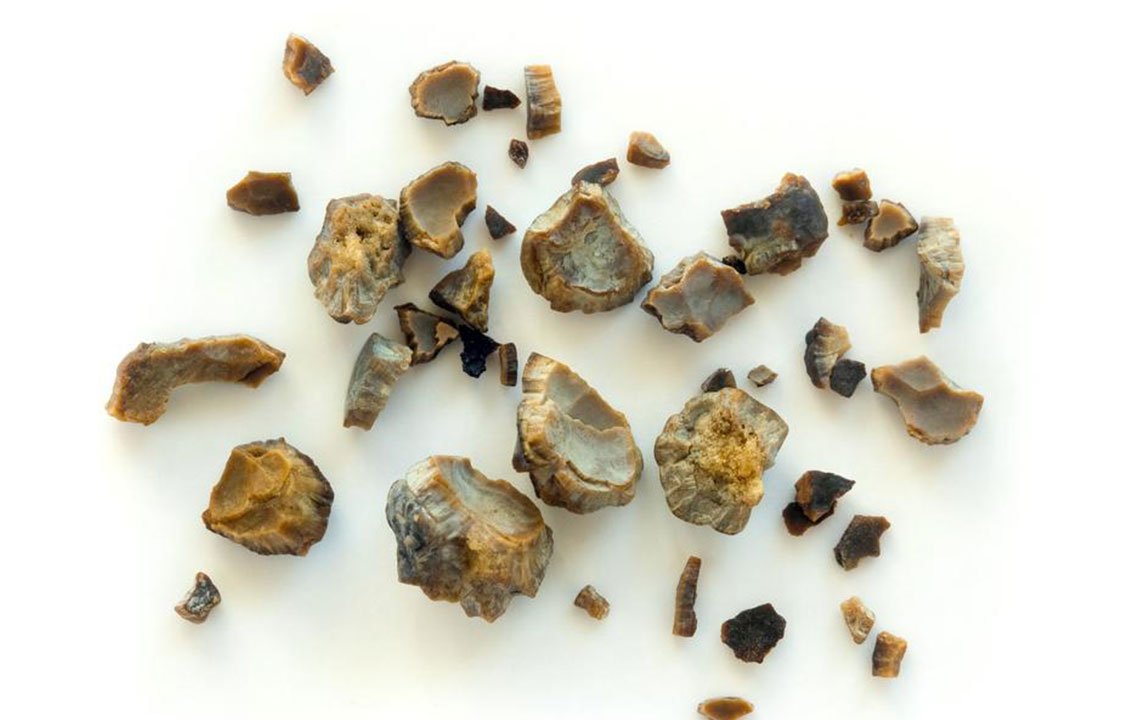Comprehensive Guide to Managing Kidney Pain: Causes, Diagnosis, and Treatment Strategies
This comprehensive guide explores the causes, diagnostic methods, and treatment options for kidney pain. It emphasizes early detection, personalized treatment strategies, and preventive measures to maintain kidney health and prevent serious complications. Understanding symptoms and seeking timely medical care are essential for effective management.

Comprehensive Guide to Managing Kidney Pain: Causes, Diagnosis, and Treatment Strategies
Kidney pain is a common health concern that affects many individuals at some point in their lives. This discomfort is typically experienced as a deep ache or soreness in the upper part of the abdomen, near the kidneys, which are vital organs responsible for filtering blood, removing waste, and balancing bodily fluids. Unlike typical lower back pain, kidney-related pain can sometimes radiate to the groin, sides, or flanks, making it necessary to distinguish the underlying cause for appropriate treatment.
Understanding the nature of kidney pain is essential for early detection and effective management. Several factors can contribute to this discomfort, ranging from infections and stones to structural abnormalities and tumors. Proper diagnosis involves a combination of medical history review, physical examination, laboratory tests, and advanced imaging techniques. Identifying the root cause promptly not only alleviates symptoms but also prevents potential complications that could lead to more serious health issues.
Primary Causes of Kidney Pain
Kidney infections (Pyelonephritis): Bacterial infections that infect the renal tissue, resulting in significant pain and systemic symptoms.
Hydronephrosis: Swelling of the kidney caused by urine buildup due to blockages in the urinary tract, which can cause severe pain and kidney damage if untreated.
Kidney stones (Renal calculi): Hardened mineral deposits that form inside the kidneys, often causing acute pain when passing through the urinary tract.
Polycystic kidney disease: A genetic disorder characterized by the growth of numerous cysts within the kidneys, leading to swelling and potential pain.
Hemorrhage within the kidney: Bleeding that can occur due to trauma, tumors, or vascular abnormalities, resulting in localized pain.
Kidney tumors or malignancies: Cancerous growths in the renal tissue that may present with persistent pain or other systemic symptoms.
Diagnosing kidney pain involves comprehensive evaluation. A detailed medical history helps identify risk factors and previous health issues. Physical examination focuses on tenderness, swelling, and signs of systemic infection. Laboratory tests such as blood work and urine analysis are crucial to detect infection, blood presence, or abnormal mineral levels. Imaging studies like ultrasound, computed tomography (CT), or magnetic resonance imaging (MRI) provide detailed visualization of the kidneys and urinary tract, enabling precise identification of abnormalities.
Effective Treatment Options Based on the Underlying Cause
The treatment approach for kidney pain varies significantly depending on the specific diagnosis. Early intervention is critical to prevent progression to severe kidney damage or systemic complications.
Addressing Kidney Infections
Kidney infections, or pyelonephritis, are predominantly treated with antibiotics. Mild cases may see rapid symptom improvement within a few days, whereas severe infections require hospitalization and intravenous antibiotics. In some cases, hospitalization is necessary to administer fluids, manage fever, and monitor potential development of sepsis. Chronic or recurrent infections may necessitate further investigations to identify predisposing factors and may require surgical intervention if structural abnormalities are involved.
Managing Hydronephrosis
Hydronephrosis results from urine flow obstruction, which causes the kidney to swell and can lead to irreversible damage if untreated. Treatment aims at relieving the obstruction caused by blood clots, kidney stones, or scar tissue. Procedures such as inserting a ureteral stent or performing minimally invasive surgery help drain urine and reduce pressure. In more complex cases, surgical removal of obstructive tissue or correction of anatomical abnormalities might be necessary.
Treatment for Kidney Stones
Kidney stones require a tailored approach based on their size, composition, and location. Small stones, less than 5mm in diameter, often pass spontaneously with increased hydration, pain management, and medical therapy. Larger stones may require procedures like shockwave lithotripsy, which uses sound waves to fragment stones, or surgical removal via ureteroscopy or percutaneous nephrolithotomy. Preventative measures including dietary changes and medication are recommended to reduce the risk of recurrence and protect renal health.
Preventive Strategies and Lifestyle Tips
Prevention is always preferable to treatment. Maintaining proper hydration, eating a balanced diet low in oxalates and excess minerals, and avoiding dehydration are vital steps to prevent stone formation. Regular medical check-ups, especially for individuals with a family history of kidney disease, can facilitate early detection and management of potential issues. Managing underlying health conditions such as hypertension and diabetes also plays a crucial role in kidney health preservation.
When to Seek Medical Care
If you experience severe or persistent kidney pain, blood in your urine, fever, chills, or nausea, it’s essential to seek prompt medical attention. Early diagnosis and comprehensive treatment can prevent complications such as chronic kidney disease, infections, or sepsis. Do not ignore symptoms, especially if they worsen or are associated with systemic signs of illness.
Overall, understanding the causes of kidney pain and the available management strategies is vital for maintaining renal health. By recognizing symptoms early, undergoing appropriate diagnostic procedures, and following prescribed treatments, individuals can significantly improve their quality of life and prevent long-term complications.





